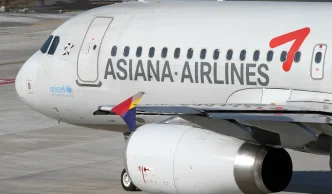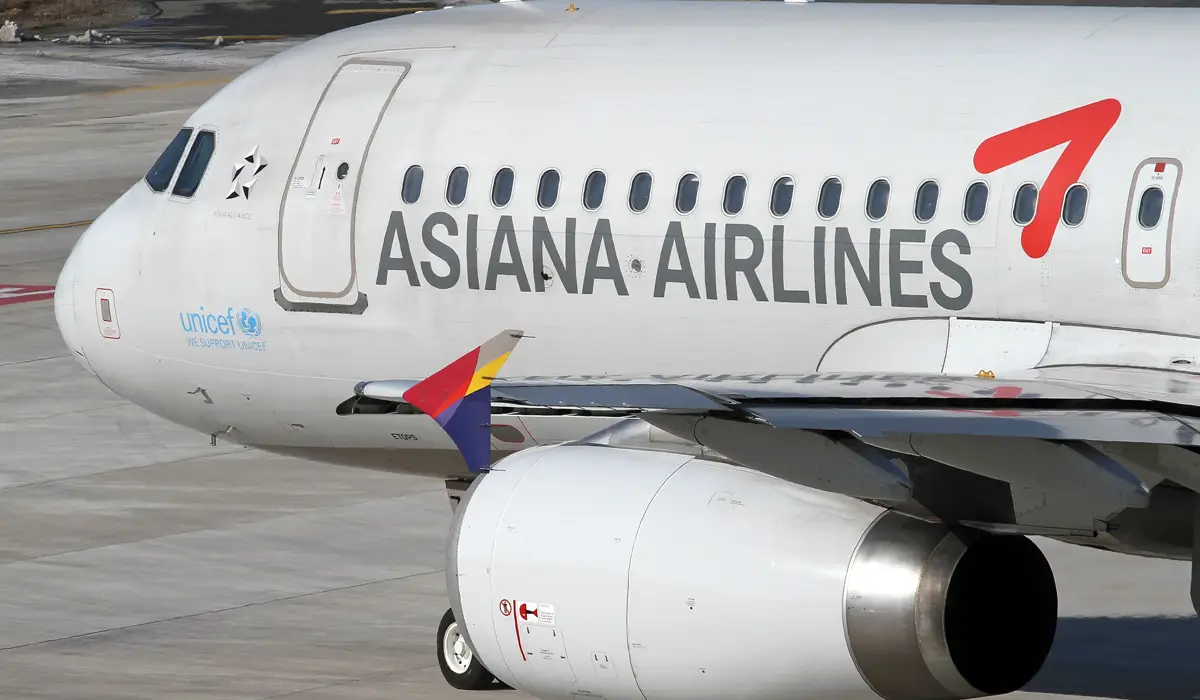Cambodia’s tourism sector, a cornerstone of its economy, is poised for a significant boost as the government explores new avenues to attract international visitors. At the forefront of this initiative is a proposal by Tourism Minister Sok Soken to establish additional air links with South Korea, one of the region’s most lucrative outbound tourism markets. Announced during a recent meeting with South Korean officials, the plan aims to capitalize on the growing number of South Korean travelers seeking cultural and historical destinations like Cambodia’s iconic Angkor Wat.
A Strategic Move for Tourism Recovery
The Cambodian tourism industry, which contributes significantly to the national GDP, faced severe setbacks during the global pandemic, with international arrivals plummeting. However, as borders reopened, the sector has shown signs of recovery, with 2023 figures indicating a steady increase in visitors, particularly from Asia. South Korea, known for its high-spending tourists, has emerged as a priority market for Cambodia, prompting the government to seek stronger aviation ties.
Minister Sok Soken emphasized the potential of direct flights to key Cambodian destinations such as Siem Reap, home to the UNESCO World Heritage Site Angkor Wat, and Sihanoukville, a burgeoning coastal hub. “Expanding air connectivity with South Korea will not only facilitate travel but also strengthen cultural and economic exchanges between our nations” said the minister during a press briefing reported by local outlets. The proposal includes negotiations for additional flight routes and frequencies, potentially involving both Cambodian and South Korean carriers.
Currently, limited direct flights operate between the two countries, with most travelers transiting through regional hubs like Bangkok or Ho Chi Minh City. Industry experts suggest that increasing direct connections could reduce travel time and costs, making Cambodia a more attractive destination for South Korean tourists, who often prioritize convenience and affordability in their travel plans.
Economic Implications of Enhanced Connectivity
Tourism is a vital driver of Cambodia’s economy, accounting for roughly 16% of GDP before the pandemic and supporting hundreds of thousands of jobs in hospitality, transport, and related sectors. In 2019, the country welcomed over 6.6 million international visitors, generating billions in revenue. South Korean tourists, in particular, are valued for their spending on cultural tours, luxury accommodations, and local handicrafts, often contributing more per capita than other visitor groups.
The proposed air links could inject much-needed momentum into this recovery trajectory. According to preliminary estimates from the Ministry of Tourism, an increase in South Korean arrivals could generate additional revenue of millions of dollars annually, with a direct impact on small businesses and communities near tourist sites. For instance, vendors and guides in Siem Reap stand to benefit from a surge in visitors, while coastal developments in Sihanoukville could attract beach-seeking travelers.
Moreover, improved connectivity may encourage investment in Cambodia’s aviation and hospitality infrastructure. South Korean airlines, such as Korean Air or Asiana Airlines, might consider expanding operations in the region if demand proves sustainable. On the Cambodian side, airlines like Cambodia Angkor Air could scale up services, potentially leading to partnerships or code-sharing agreements. Such developments, if realized, would enhance the country’s competitiveness in the regional tourism market, where neighbors like Thailand and Vietnam already boast extensive flight networks.
Challenges and Considerations
While the proposal has been met with optimism, several hurdles remain. Negotiating bilateral aviation agreements is a complex process, often involving regulatory approvals, safety assessments, and slot allocations at busy airports. Phnom Penh International Airport, the country’s main gateway, has faced capacity constraints in recent years, though ongoing expansion projects aim to address this. Similarly, Siem Reap’s new international airport, set to open in the near future, could play a pivotal role in accommodating increased traffic, provided infrastructure development stays on track.
Another concern is ensuring that tourism growth remains sustainable. Cambodia has faced criticism in the past for overdevelopment near heritage sites like Angkor Wat, where unchecked tourist numbers and construction have raised environmental and preservation concerns. Balancing the economic benefits of increased South Korean arrivals with the need to protect cultural assets will be critical. Local advocacy groups have called for stricter regulations on visitor numbers and development projects, urging the government to prioritize long-term sustainability over short-term gains.
Additionally, competition from other Southeast Asian destinations poses a challenge. Countries like Thailand and Vietnam already have well-established air links with South Korea, offering a wide range of direct flights and promotional campaigns targeting South Korean travelers. For Cambodia to stand out, it may need to invest in marketing initiatives that highlight its unique cultural offerings, such as Khmer cuisine, traditional dance, and lesser-known historical sites beyond Angkor Wat.
Cultural and Diplomatic Ties
Beyond economics, the push for enhanced air links reflects a broader strengthening of ties between Cambodia and South Korea. The two nations have enjoyed cordial relations for decades, with South Korea providing significant aid and investment in areas like infrastructure and education. Cultural exchanges, including K-pop concerts in Phnom Penh and Cambodian art exhibitions in Seoul, have further deepened mutual understanding.
South Korean tourists often cite Cambodia’s rich history and warm hospitality as key draws, while Cambodians view South Korea as a model of modernization and technological advancement. Increased travel could amplify these exchanges, fostering people-to-people connections that benefit both sides. “We see South Korea not just as a source of tourists, but as a partner in cultural dialogue” said a spokesperson for the Cambodian Ministry of Culture and Fine Arts.
On the diplomatic front, the air link discussions are expected to feature in upcoming bilateral talks, potentially alongside other agreements on trade and labor mobility. If successful, the initiative could serve as a template for similar arrangements with other high-potential markets, such as Japan or China, further diversifying Cambodia’s tourism portfolio.
Regional Context and Future Prospects
Cambodia’s focus on South Korea aligns with broader regional trends, as Southeast Asian nations vie for a share of the lucrative East Asian tourism market. South Korean outbound travel has surged in recent years, with over 28 million trips recorded in 2019 before the pandemic disrupted global mobility. Popular destinations like Bangkok and Da Nang have benefited immensely from this trend, offering lessons for Cambodia as it seeks to carve out its niche.
Analysts note that Cambodia’s unique selling points—its ancient temples, affordable travel costs, and emerging beach destinations—position it well to attract a segment of South Korean travelers seeking off-the-beaten-path experiences. However, success will depend on coordinated efforts between government agencies, private airlines, and tourism operators to ensure seamless connectivity and a high-quality visitor experience.
One area of potential growth lies in tailored travel packages. South Korean tourists often travel in groups or as families, with a preference for guided tours and curated itineraries. Cambodian tour operators could capitalize on this by offering specialized packages that combine cultural immersion in Siem Reap with relaxation in Sihanoukville, all facilitated by direct flights. Partnerships with South Korean travel agencies could further boost visibility and bookings.
Looking Ahead
As Cambodia navigates the complexities of post-pandemic recovery, the proposed air links with South Korea represent a promising step toward revitalizing its tourism sector. While challenges like infrastructure capacity and sustainable development must be addressed, the potential economic and cultural benefits are substantial. For local communities, from the temple guides of Siem Reap to the resort workers of Sihanoukville, the influx of South Korean visitors could herald a new era of opportunity.
Yet, as negotiations unfold, questions linger about how Cambodia will balance growth with preservation, and whether it can differentiate itself in a crowded regional market. For now, the government’s proactive stance signals a commitment to positioning the country as a top destination for international travelers, one flight at a time.
















